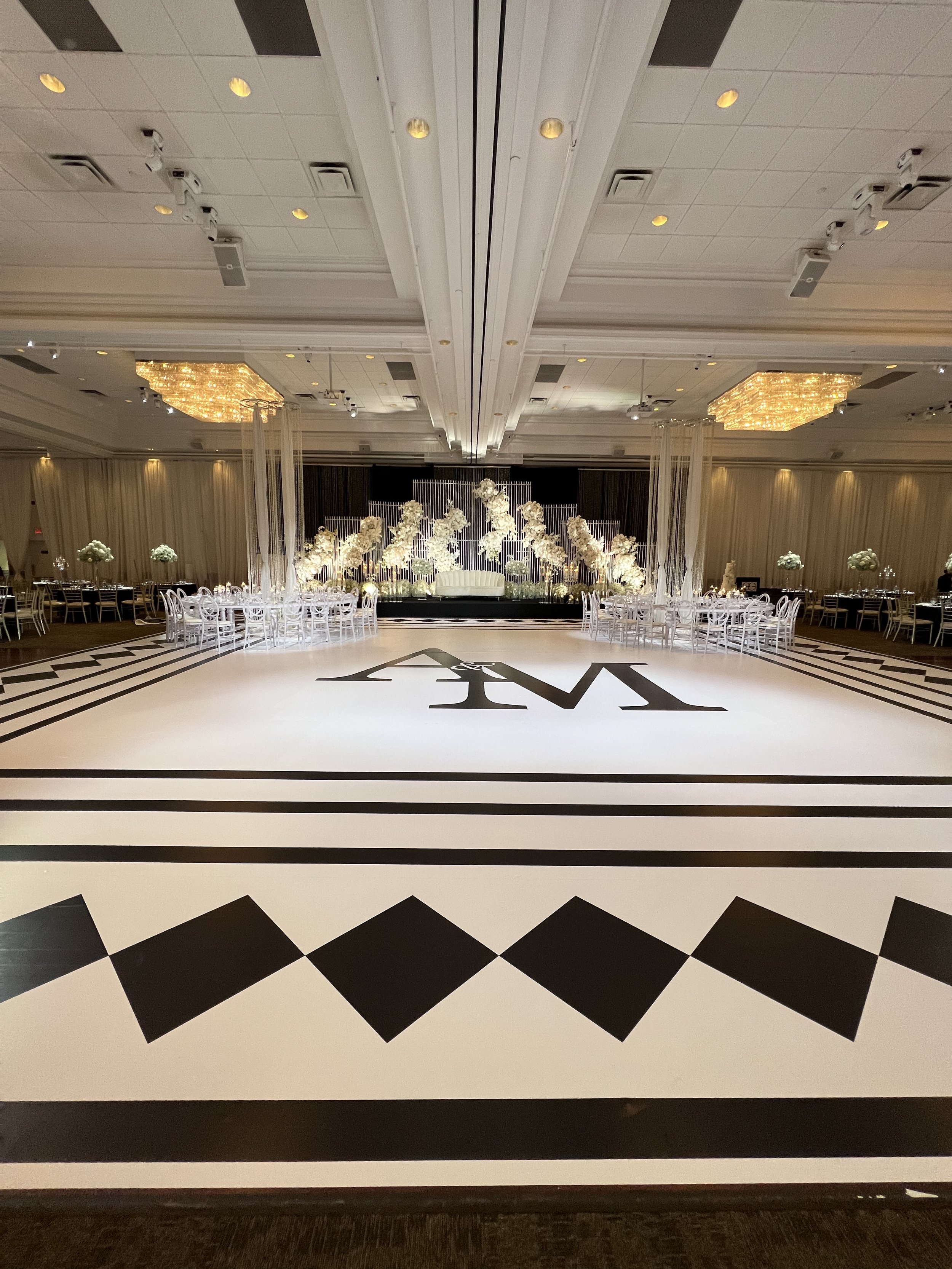One of the primary common materials used in modern dance floors is light-emitting diode illumination. Light-emitting diode lamps are energy-efficient and can produce a wide variety of hues and impacts. They can be embedded in the floor itself or used as part of a illumination setup over the dance floor. This technology allows for synchronized light shows that can alter in response to the music, creating an immersive encounter. The capability to configure these lamps means that they can be tailored to fit different themes or moods, making each occasion distinct.

Another crucial substance is reflective surfaces, such as reflectors or polished tiles. These materials can create an illusion of space and dimension, making the dance floor appear larger than it is. When dancers dance, their reflections can add an additional layer of visual interest, enhancing the complete performance. Additionally, mirror-like surfaces can interact with illumination impacts, amplifying the colors and designs displayed on the floor. This fusion of light and mirroring can captivate audiences and boost the energy of the event.
In furthermore to lighting and reflective substances, the use of digital screens has become progressively common in dance floor design. These screens can show vibrant visuals, graphics, or even live feeds of the performance. By incorporating digital technology, occasion organizers can create a multi-sensory encounter that engages both the dancers and the spectators. The ability to change images in actual time allows for a dynamic environment that can adjust to the beat and energy of the melodies, making each moment feel fresh and thrilling.
Additionally, the selection of flooring substance itself plays a crucial role in the overall encounter. Classic wooden dance floors are still favored for their durability and functional qualities. However, more modern substances like vinyl and rubber are becoming popularity due to their versatility and simplicity of care. These materials can provide better impact absorption, minimizing the risk of injury for performers. Additionally, they can be crafted with various textures and colors, allowing for artistic representation in the dance floor's appearance.
In summary, the evolution of dance floors into breathtaking aesthetic experiences relies on a mix of creative substances and technologies. LED illumination, mirror-like surfaces, digital screens, and customized flooring substances all contribute to creating an engaging setting for performers and audiences. As technology continues to progress, the opportunities for enhancing dance floor design will only grow, making future occasions even more enthralling linked here and memorable. Understanding these substances helps value the artistry involved in creating spaces where dance and melodies come together in harmony.